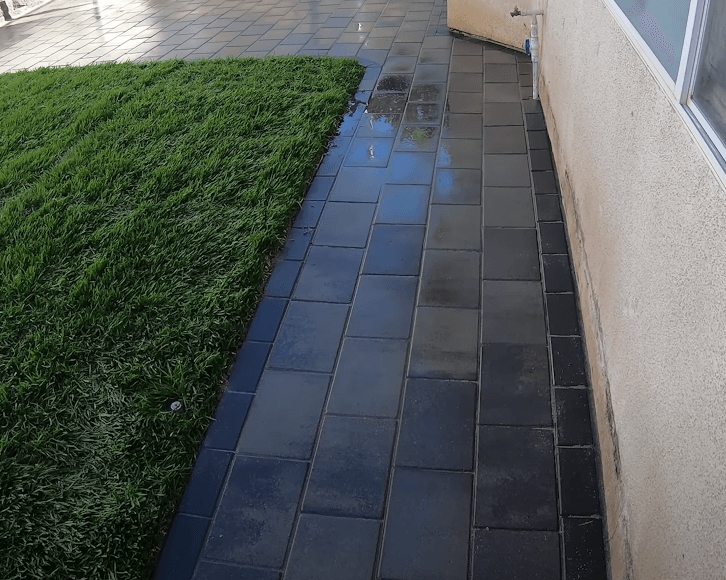Did you know that the use of concrete dates back to at least 6500 BC? That equates to more than 8,000 years and 240 generations ago. Therefore, as you stroll along your concrete driveway or unwind by your pool’s concrete deck, you are actually making a connection with a lengthy period of human history.
Even though it is cool, it’s probably not the main reason you’re thinking of installing a concrete deck around your swimming pool.
Concrete is mostly renowned for its dependability as a decking material. In comparison to most other pool deck and patio options, it is also more affordable. Where did we learn this?
Numerous swimming pools have been created by SA Concrete Solutions over the years, and a sizable portion of our clients ask for some kind of concrete surrounding their pool. We choose to share what we know as well as some of the advantages and disadvantages of selecting this material because we have first-hand knowledge of both how concrete is applied and how it stands up over time.
Although concrete is an excellent solution in many situations, it isn’t the greatest choice for everyone. Concrete, on the other hand, can be your top choice if you’re searching for something straightforward, timeless, and reasonably priced.
Despite your preference for a different material, such as stone or wood, there are a few important reasons why you should think about using concrete as a pool surround. Let’s dissect these motives by examining the many varieties of concrete that can be used for your pool deck.
Broom Finished Concrete
Concrete that has been broomed or brushed has a textured surface that is slip-resistant and has a little bit more personality than plain concrete. To accomplish this, a broom is dragged across the concrete’s surface before it hardens to give it a “broomed” appearance.
Stamped Concrete
In addition to mimicking other deck and patio materials, stamped concrete is also a more reliable and affordable substitute than its natural counterparts. You can choose from brick, wood, travertine, and flagstone, to mention a few of the alternatives available for stamped concrete patterns.
Textured Concrete
The happy medium between stamped concrete and broomed concrete is textured concrete. Compared to stamped concrete, textured concrete is less slippery and costs less because it doesn’t need color or sealer to impart roughness that gives grip and character.
Pool Concrete Colors
Concrete around your pool can be painted in a variety of solid hues, such as tones of red, tan, green, or brown. In order to create the required effect using stamped concrete, normally two colors are used (depending on the material you’re trying to imitate).
The temperature of your concrete pool deck should be taken into consideration while picking a color, in addition to aesthetics. If you want your deck or patio to be cooler, keep in mind to choose a lighter hue. You are more likely to burn your feet on a hot summer day if the color is darker!
Concrete Pool Deck Pros and Cons
While concrete has many alternatives and benefits, there are a few disadvantages to take into account as well. Choosing a concrete deck has the following primary benefits and drawbacks:
Pros
Can mimic other, more expensive materials
Durable
Cost-effective
Multiple style options (stamped, textured, broomed, etc.)
Cons
Concrete is bound to crack
Colors can be difficult to match
Stamped concrete can be slippery
